Help, my Android phone just adopted Liquid Glass without my consent
Vivo, Oppo, and Xiaomi – count your days!
This article may contain personal views and opinion from the author.

It's late 2025, and my Android phone once again looks like it's running iOS. This time, it's without my consent.
My favorite OS is in yet another episode of its long-running identity crisis, and this time around, it's not Google's fault at all. Most Android phone makers have once again gone out of their way to emulate Apple, this time by blatantly copying the new Liquid Glass design language in their latest Android 16 software updates, with translucency and semi-opaque menus, sliders, lock screen clock faces, dialog boxes, and other interface elements.
That's a slap in the face, given that Android had a perfectly decent and fairly fresh new design language called Material 3 Expressive. It one comes with a bold and flat aesthetic that feels like the logical continuation of previous Android releases and honestly has a lot to love in terms of looks.
Yet, it's criminally underused on any device apart from a Pixel phone.
Help, my Android has contracted Liquid Glass
Here's Liquid Glass and Android 16 side-by-side. I've opted to prove my point by showcasing the quick toggles panel, as it most clearly demonstrates which direction most of the popular phone makers have headed for.
And here are some of the quick panel toggles of all the latest Android 16 phones that I have access to.
Of these, Vivo and Oppo are the biggest offenders. Their quick settings panels not only employ the same split-style quick panel, but lean heavily into that glass aesthetic that feels old. Sure, both have done a better job than Apple at delivering a cohesive and actually legible interface (it seems only Apple was unable to deliver on the accessibility front).
None of the Xiaomi flagships at the office have received the Hyper OS 3 software up yet, but it is also heavily leaning into the iOS 26-esque aesthetic, too, with little to no visual callbacks to Material 3 Expressive either.
Samsung's One UI is its own thing, not employing the design language of Android 16 but not doing the lazy copying of iOS either. This is definitely the happy middle-ground that should be the norm, not the exception.
Come for the hardware, leave for the software
DOn't get me wrong, I absolutely adore Chinese Android flagships.
When I'm not daily-driving a specific phone for a review, you'll usually find a Vivo X200 Pro or an Oppo Find N5 in my pockets. The hardware, the overall value, the battery life, and camera versatility is unmatched on devices hailing from China, unlike Apple, Google, and Samsung's best products right now.
And I'd go as far as saying that this is not my subjective opinion, but a pretty obvious fact.
However, my biggest problem with these exceptional, great-value devices is the software, which is almost always the weakest link.
The biggest issue for me is the constant chase to emulate iOS and mindlessly copy all of its features. I don't want that, that's whack. If I wanted to use iOS, I'd take the completely logical step and pick an iPhone. I didn't put my SIM card inside a Vivo phone because I wanted to enjoy its own take on the tired Liquid Glass design which looks so old already, I got the Vivo because it has the most versatile camera on a phone.
As much as the overall value proposition and hardware entice me, the software is decidedly off-putting.
Is it so challenging to come up with your design language that's everything but similar to the latest software attempts of Apple's crack developer team responsible for iOS? Is there no other aesthetic you could have chosen instead of Liquid Glass? If Apple jumps, would you jump, too?
Google laid out the perfect groundwork with Material 3 Expressive in Android 16, yet Android manufacturers tossed out the concept along with the bath water. And that speaks ill of Android's identity as a platform.
Phone makers, you can do better.
Follow us on Google News
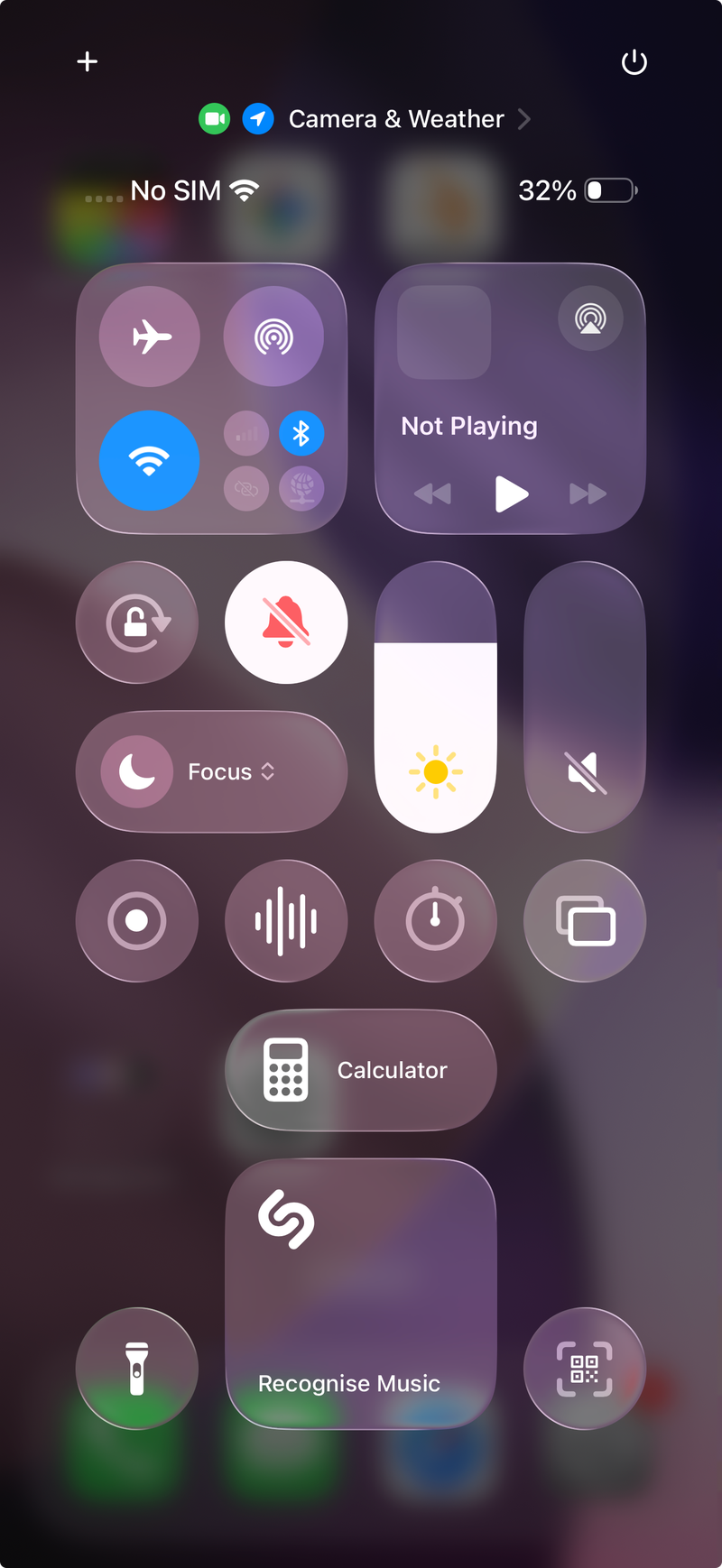
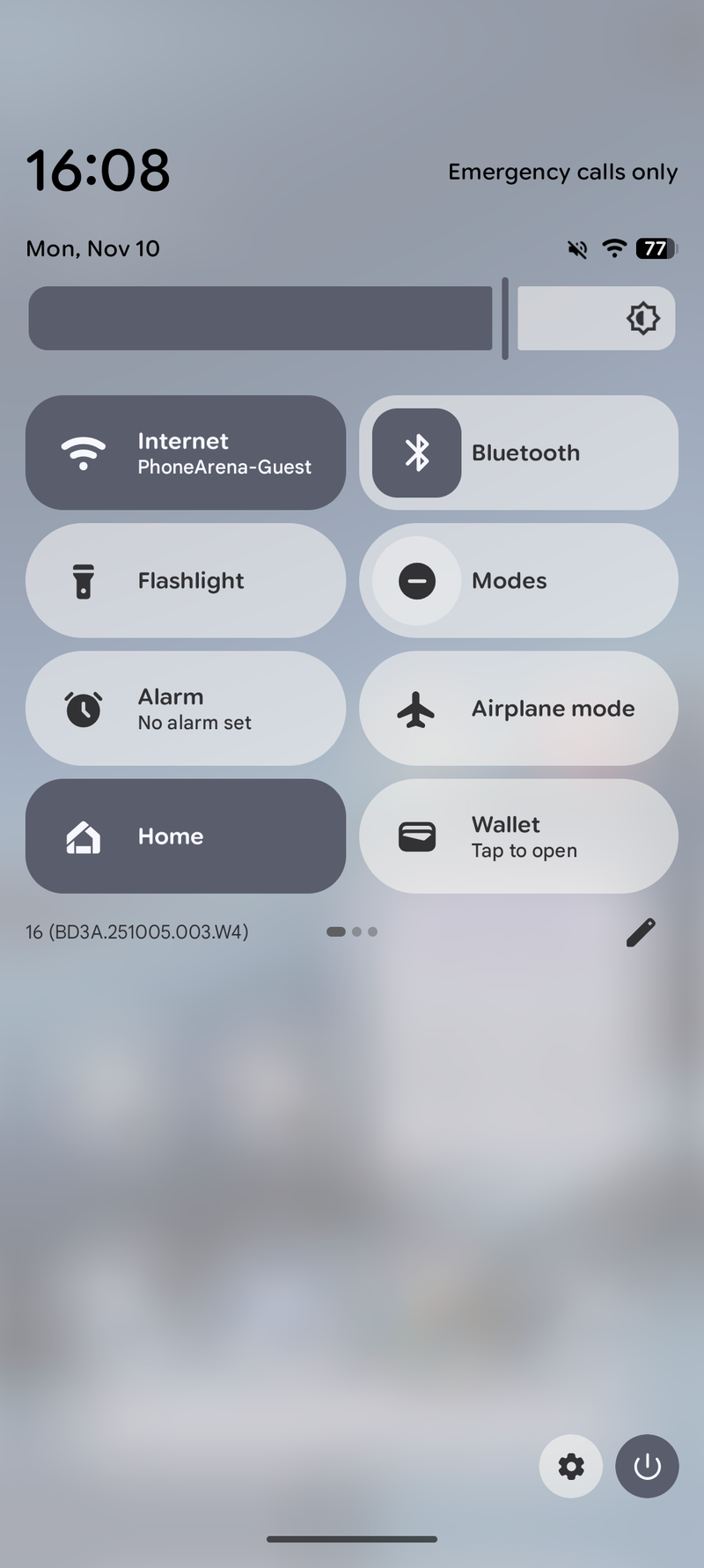


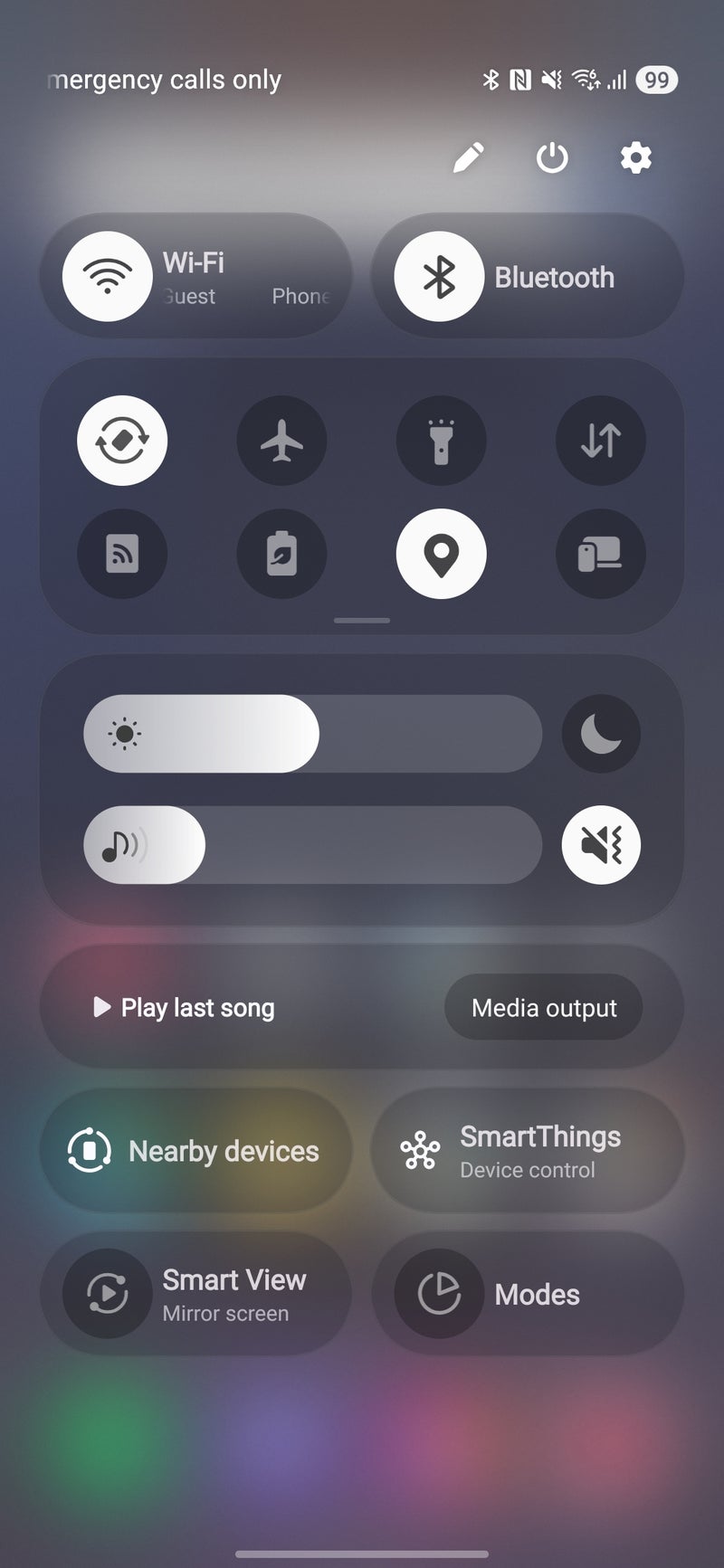

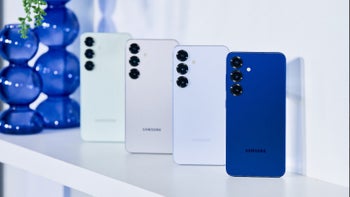
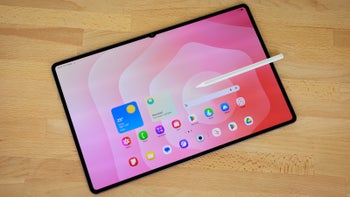
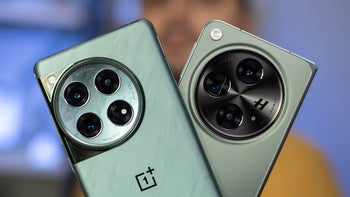
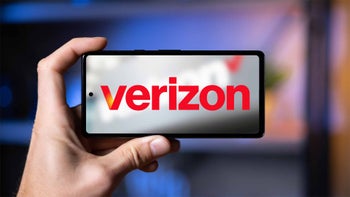

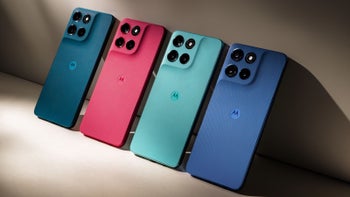
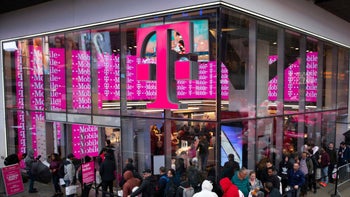
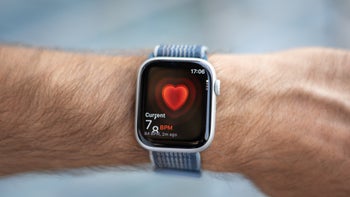

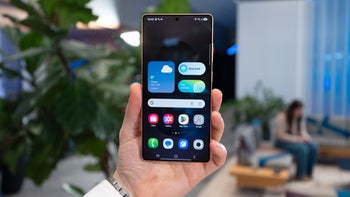
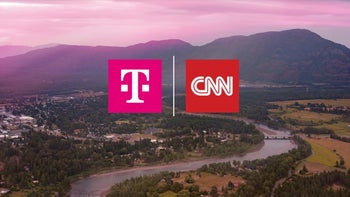
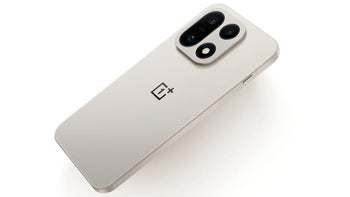
Things that are NOT allowed:
To help keep our community safe and free from spam, we apply temporary limits to newly created accounts: